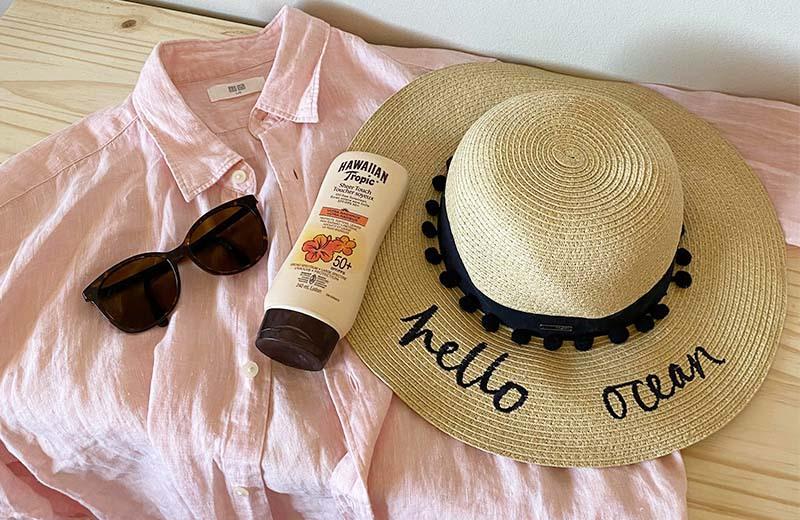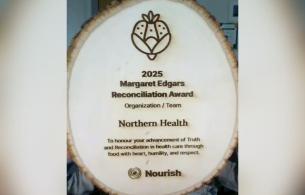As someone with red hair and very fair skin, protecting myself from the sun’s harmful rays has always been top of mind. Even if you don’t burn as quickly as me, it’s still important to make sure you’re taking the right steps to help prevent skin cancer.
Did you know that about 90% of skin cancers are associated with exposure to ultraviolet (UV) radiation from the sun, which means that the majority of skin cancers are largely preventable!
BC Cancer’s new campaign “Strive for five” breaks down the best sun protection tips into five easy-to-follow steps.
- Check the UV index daily
- The UV index indicates the level of UV radiation and the potential danger of sun exposure.
- Find out what the UV level for the day is in your area by using a weather app or by visiting The Weather Network. When the UV index is 3 or higher, protect your eyes and skin as much as possible.
- Seek shade between 11 am and 3 pm
- If you need to be outside, get in the shade when you can, especially between 11 am and 3 pm, when UV is strongest.
- Seek shade under trees and buildings or create your own shade with an umbrella.
- Cover up as much as possible
- The best protection is a physical barrier between you and the sun. Wear a wide-brimmed hat that covers your nose, ears, and neck. Arms and legs can be protected with loose-fitting and long-sleeved shirts, pants, and long skirts.
- Look for fabrics that have a tight weave and dark or bright colours like red. These colours absorb more UV than lighter toned fabrics, allowing less sunlight to pass through to your skin.
- Wear sunglasses with UVA and UVB protection
- Long hours in the sun without eye protection can increase your risk for cataracts, loss of vision, and eye cancer. For maximum protection, look for sunglasses that block both UVA and UVB rays. Wraparound sunglasses are even better because they protect your eyes from all angles.
- Slop on sunscreen
- Look for “broad-spectrum” and a minimum of SPF 30 on the label. Use a shot glass sized amount for head-to-toe protection. Remember to re-apply every two hours and use waterproof sunscreen if you’re planning to swim. And don’t forget about those often-overlooked spots, like your neck, ears, and lips (some lip balm companies offer options with SPF included)!
Sun safety for parents
Did you know that up to 80% of a person’s lifetime UV exposure happens before they turn 18! Children often spend more time outdoors than adults, so they require extra sun protection. Too much sun exposure can lead to higher rates of melanoma, the most serious form of skin cancer and can also lead to eye damage later in life.
Learn more about sun safety for parents from BC Cancer.
Sun safety at work
Construction workers, gardeners, farmers, and other professions that spend a lot of time outdoors have a 2.5 to 3.5 times greater risk of developing skin cancer compared to indoor workers. Working or taking breaks in the shade—when combined with sunscreen and long-sleeved clothing — provides important protection from the sun.
Learn more about sun safety at work from BC Cancer.
Remember – skin cancer can affect anyone!
While people with pale skin like me are more likely to develop melanoma (the most serious type of skin cancer), people with darker skin tones are more likely to be diagnosed with melanoma at a later stage, when it can be harder to treat. Following the steps listed above will help reduce anyone’s overall chance of developing skin cancer.














Comments